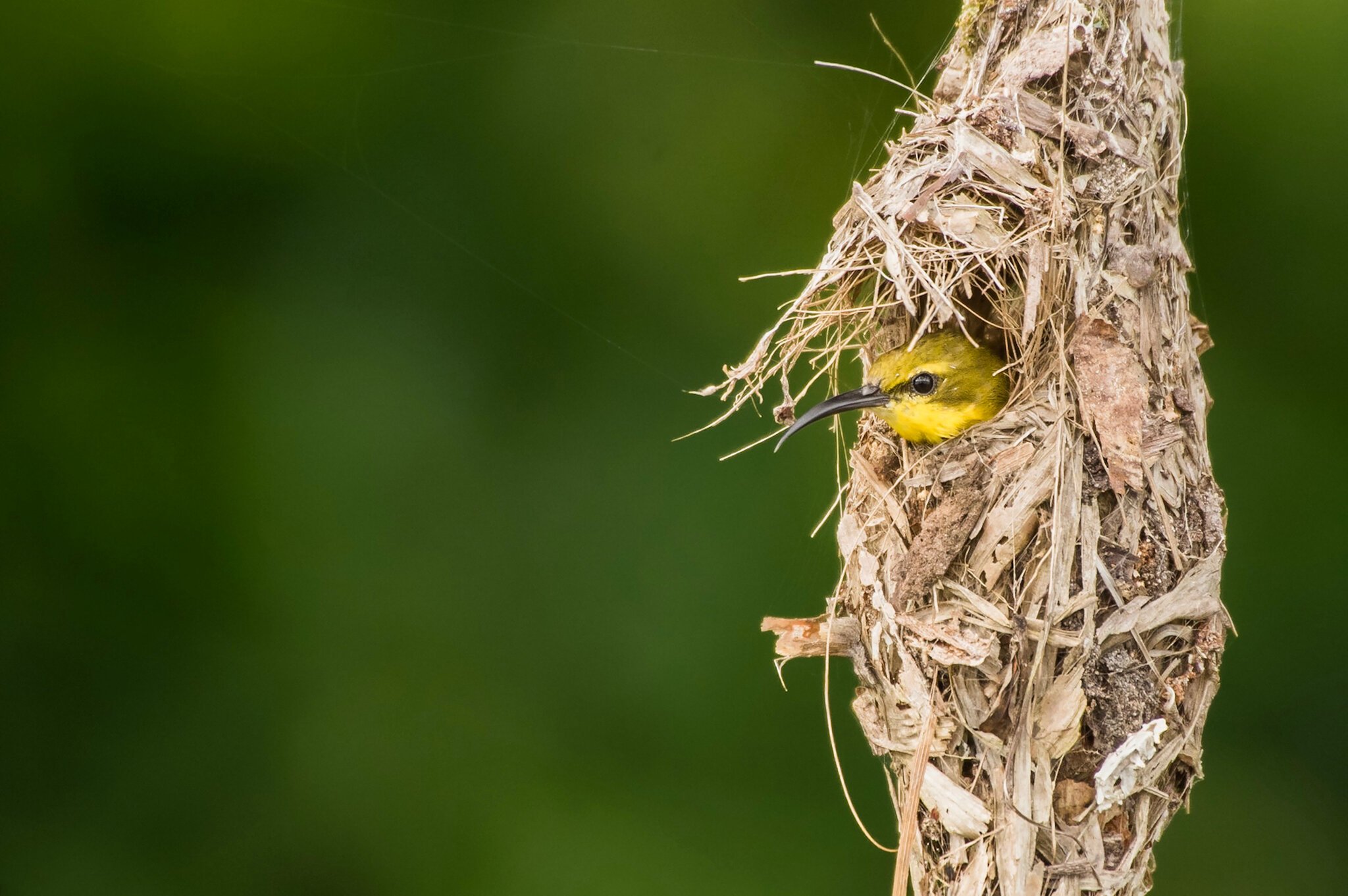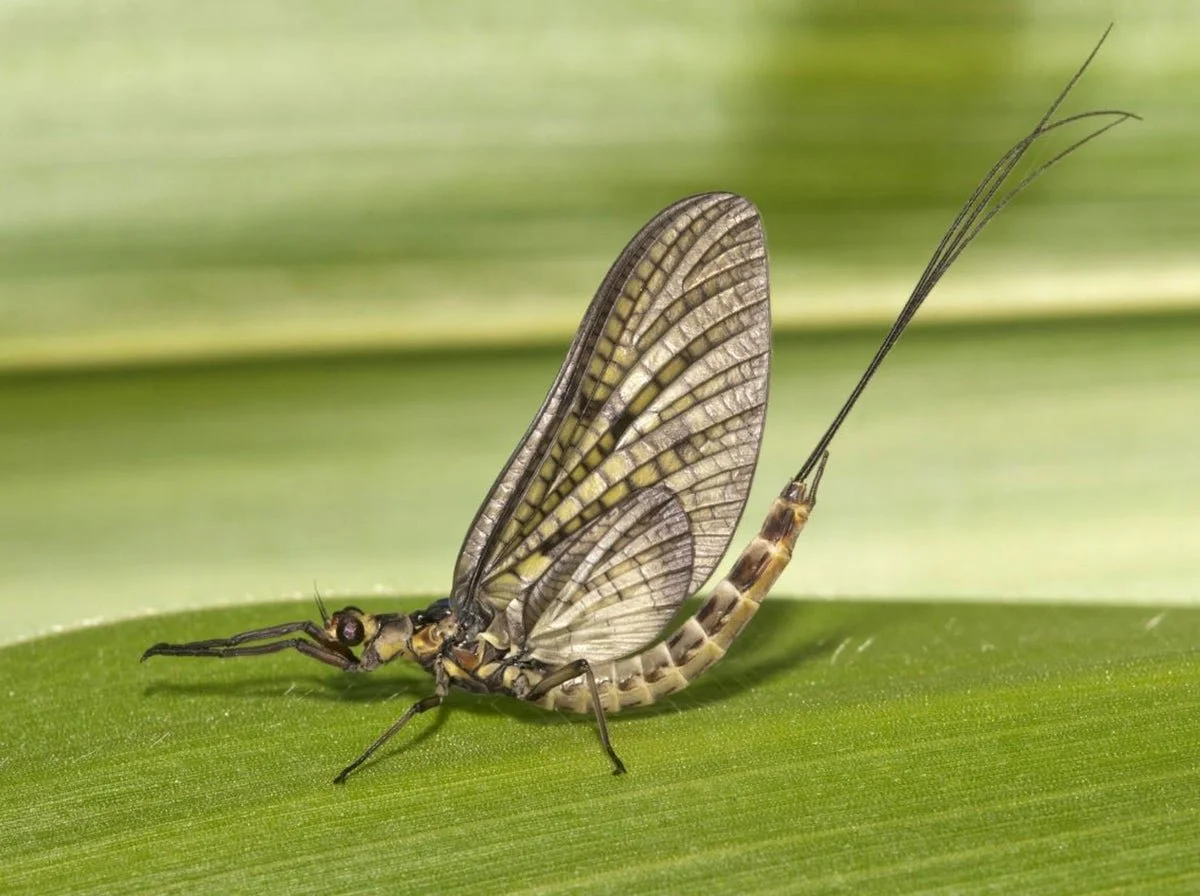Individual-based Dispersal
MOVEMENT BASED ON INDIVIDUAL TRAITS
Movement of juvenile individuals to their first breeding site, as well as adults changing breeding sites from one year to the next, is fundamental to generation and maintenance of biodiversity. As dispersal can generate gene flow between often distant populations, it can directly shape the structure of communities, the maintenance of genetic connectivity between disparate populations, and rates of speciation. What are the common mechanisms in determining dispersal decisions across species?
Cues and the Timing of Life History Events
Early life effects on Life history Trajectories
For species on the move, the timing of events such as migration departure or the initiation of reproduction is an important component of fitness. Because the habitats that individuals use throughout the year are often separated by both space and time, they rely on indirect information from the environment about distant conditions. To what extent does an organisms past determine and shape the response to information from the environment?
Movement Tracking Technology
microelectronics and the Drivers of migration
Despite the vast ornithological literature, considerable gaps in knowledge still exist regarding in understanding the individuals drivers of movement. This is due, in part, to the historical limitations on the mass and size of electronics in addition to battery life. Recent advances in consumer electronics have provided the components to develop new tools providing insight into the secret lives of animals.
Insect Biodiversity and Ecosystem Services
Insect communities and the resources they provide
Insects and their predators are experiencing some of the greatest population declines and losses of diversity. Species richness and overall abundance varies in insect communities both within and across habitats, and urbanization tends to negatively impact both dimensions. As insects provide a conduit transporting both nutrients and energy across trophic levels and between realms and many species are reliant on insects as their main source of food for themselves and their offspring, understanding the links between insect diversity and they role they play in ecosystem function is paramount in an era of rapid environmental change.
Phenological Shifts due to Climate Change
Changes in the quality and quantity of resources
From spring flowers blooming when snow used to cover the ground to migratory birds arriving on their breeding grounds and laying their eggs earlier, phenological advancements are one of the most consistent and widespread organismal responses to increasing global temperatures. Numerous studies have documented these shifts in timing, often finding that organisms at lower trophic levels, such as plants or insects, are advancing faster than those at higher trophic levels. Though we know that consumers need a diversity of nutrients as well as energy, phenological mismatches have typically focused on the timing of resources in terms of biomass or energy, rather than on the timing of specific nutrient availability.
Early Life Effects on the Phenotype
THe lasting imprint of the developmental environment
Starting at an nascent embryonic state, there is a certain amount of uncertainty in the developmental environment. Animals respond to cues in their environment that provide reliable information, increasing their chances of survival. Early life effects have the potential to be long lasting, however we know little of what happens after chicks leave the nest.







